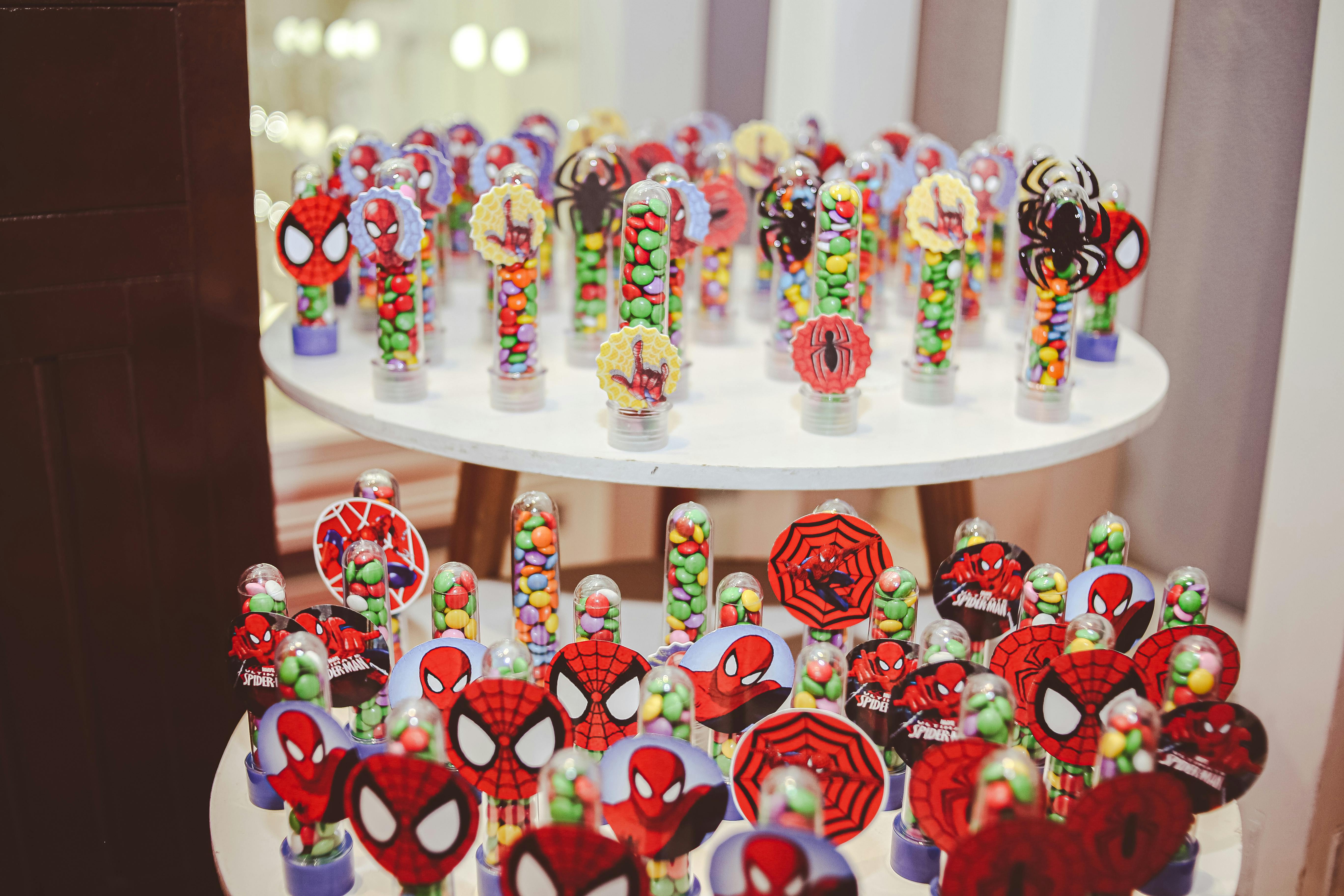
Apply Now


Effective Ways to Use Zap Comics for Modern Storytelling in 2025
Understanding the Potential of Zap Comics
The world of storytelling has evolved dramatically in recent years, and zap comics have emerged as a vital medium, blending vibrant visuals with engaging narratives. Zap comics, known for their dynamic style and creative storytelling, serve as a unique platform for communication. They allow creators to reach diverse audiences by fusing traditional comic art with innovative narrative techniques. Utilizing zap comics effectively provides a fresh approach to engage readers in various genres, whether it's superhero comics or graphic novels. In exploring the usage of zap comics, understanding their roots in comic book culture is essential. Not only do they pay homage to classic comics, but they also adapt to modern trends in digital storytelling, making them versatile for both independent creators and established comic book publishers. As we delve deeper into this topic, we will uncover effective techniques that leverage zap comics for compelling storytelling.Incorporating Modern Visual Storytelling Techniques
Visual storytelling rests at the heart of comic creation, and zap comics utilize this to its fullest extent. Techniques such as panel layouts and dynamic illustrations can greatly enhance the narrative flow. By utilizing varied panel sizes and placements, storytellers can control pacing, add emphasis to critical moments, and guide readers’ emotional responses. For instance, a large panel may serve to create a dramatic pause or highlight a significant character moment, while smaller panels can convey rapid action sequences effectively. Moreover, integrating color theory into comic book illustrations can also enhance storytelling. The choice of colors speaks volumes about a character’s emotions or the theme of a scene, allowing creators to engage readers on a deeper level. By understanding the psychological effects of colors and their meanings within specific contexts—be it in fantasy comics or sci-fi comics—creators can craft richer narratives that resonate powerfully with their audience.Fostering Community Engagement Through Zap Comics
Building a community around zap comics is crucial for their success in storytelling. Participating in comic book conventions and engaging with comic book forums offers creators a platform to showcase their work and connect with fans. It is through these interactions that relationships are formed, and valuable feedback is gained. Additionally, comic book conventions can serve as an excellent opportunity for independent comic creators to present their work and network with others in the industry. Networking in events also opens doors to collaborations, leading to hybrid stories that explore different genres and themes, ultimately enriching the graphic storytelling landscape. When creators share knowledge—be it through comic book workshops or educational panels—they contribute to the evolution of the comics community, encouraging new talent while enriching storytelling techniques.Utilizing Webcomic Platforms for Dynamic Storytelling
With the rise of digital comics, webcomic platforms have become essential tools for disseminating zap comics. These platforms offer not only an avenue for storytelling but also analytics capabilities that help creators understand which elements appeal most to their audience. By monitoring reader engagement and preferences, writers can tailor content to better resonate with their viewers, enhancing the storytelling quality over time. Successful webcomics often feature unique character arcs and well-established comic character designs that draw readers in. From fantasy comics to horror comics, the key is to maintain distinct voices and visual styles, creating memorable comic book characters that readers can connect with emotionally. This approach not only increases reader loyalty but also builds a foundation for future stories.Innovative Narratives and Experimental Comics
Zap comics are not just about telling stories in the conventional sense; they push the boundaries of traditional narratives, often exploring experimental formats. Creators can engage with complex themes and societal issues, using comics as a medium for commentary and exploration. For instance, comics can serve as a vehicle for discussing mental health, identity, or even political themes, allowing for a deeper understanding through visual and textual storytelling. Creators can experiment with storytelling structures, such as interactive comics that allow readers to influence the narrative direction or multi-layered comic series that interweave different timelines and perspectives. By continuously innovating within the medium, zap comics are not only relevant but also vital in shaping modern storytelling.Enhancing Reader Engagement Through Visual Literacy
Developing Visual Literacy Skills
As zap comics continue to gain traction, developing visual literacy skills becomes increasingly important. Readers must learn to interpret visual narratives effectively, understanding not just the storyline but also the subtleties of imagery and design. Workshops focused on comic book literacy skills—emphasizing how to analyze comic dialogue and structures—prepare readers to engage more deeply with zap comics and their narratives. Furthermore, creators can include additional educational content within their zap comics, employing graphic memoirs or illustrated stories to tell personal tales alongside broader themes. This dual approach enhances comprehension and sparks interest in the creative processes behind comics. The inclusion of such material benefits both amateur creators and seasoned professionals, cultivating a deeper appreciation for the entire medium.Building Emotional Connections with Characters
The emotional impact of characters within zap comics cannot be overstated. Character relationships play a significant role in reader engagement, necessitating a focus on character development through imagery and dialogue. Narrative techniques that address character arcs, multifaceted emotions, and relatable experiences foster deeper connections, drawing readers into the story's emotional core. Creators should strive for authenticity in their character portrayals, integrating diverse representations that appeal to a wider audience. This inclusivity not only strengthens the narrative but also encourages discussions about representation in comics. By showcasing diverse characters and plots, creators effectively bridge cultural gaps, allowing for a more enriched storytelling experience within the comic book realm.Embracing Cross-Media Storytelling Opportunities
Modern storytelling is increasingly moving beyond the confines of a single medium, incorporating elements from various forms of art and entertainment. Zap comics can tap into cross-media storytelling opportunities, collaborating with comic book movies or video games to create immersive experiences. This synergy not only enhances comic adaptations but also narrows the gap between different creative industries. By analyzing the storytelling techniques used across platforms, creators can adopt successful strategies into their own zap comics. This could involve exploring iconic comic book tropes or translating character-driven narratives into visual art that resonates across different audiences. The interplay between traditional storytelling and new-age digital mechanisms drives innovation within zap comics, ensuring their relevancy in an evolving market.
Creating Engaging Zap Comics: Tips and Techniques
Mastering Comic Illustration Techniques
Creating zap comics requires mastery over various comic illustration techniques. This encompasses everything from character sketches to finalizing layouts and colors. Aspiring comic book artists should hone their drawing techniques, experimenting with different styles and approaches until they can create illustrations that effectively convey their intended message. Moreover, utilizing tools like comic book illustration courses can provide invaluable insights into the artistry behind effective comic book illustrations. Such resources can guide artists in producing sequential art that maintains narrative coherence throughout the comic book. Understanding panel transitions and the interplay of visuals and text will significantly enhance storytelling effectiveness.Maintaining Quality Through Feedback and Revision
Feedback is crucial in the comic book creation process. Engaging with the comics community through forums can provide constructive criticism, enabling creators to identify areas for improvement. By sharing work-in-progress through comic book forums, artists can garner insights that enhance their zap comics before they reach a wider audience. Revision is an integral part of the creative process. Understanding that the first draft is just the beginning, creators should be open to refining dialogues, artwork, and narrative structures. This iterative process ultimately leads to polished, coherent zap comics that resonate with readers—a testament to the dedication and craftsmanship involved in creating compelling comic book stories.Maximizing Reach with Proper Marketing Strategies
Finally, marketing plays a vital role in the success of zap comics. Understanding comic book marketing strategies, such as utilizing social media platforms and comic book podcasts, can help creators promote their work effectively. Engaging with art platforms and leveraging comic book news websites can also expand reach, drawing in new readership. Moreover, creators should be aware of comic book merchandising strategies—how to showcase collectibles or themed merchandise that complements their comics. Collaborating with comic book stores on promotional events can foster community relations and generate interest in upcoming releases. By employing these strategies, creators can ensure their zap comics stand out in a crowded market.